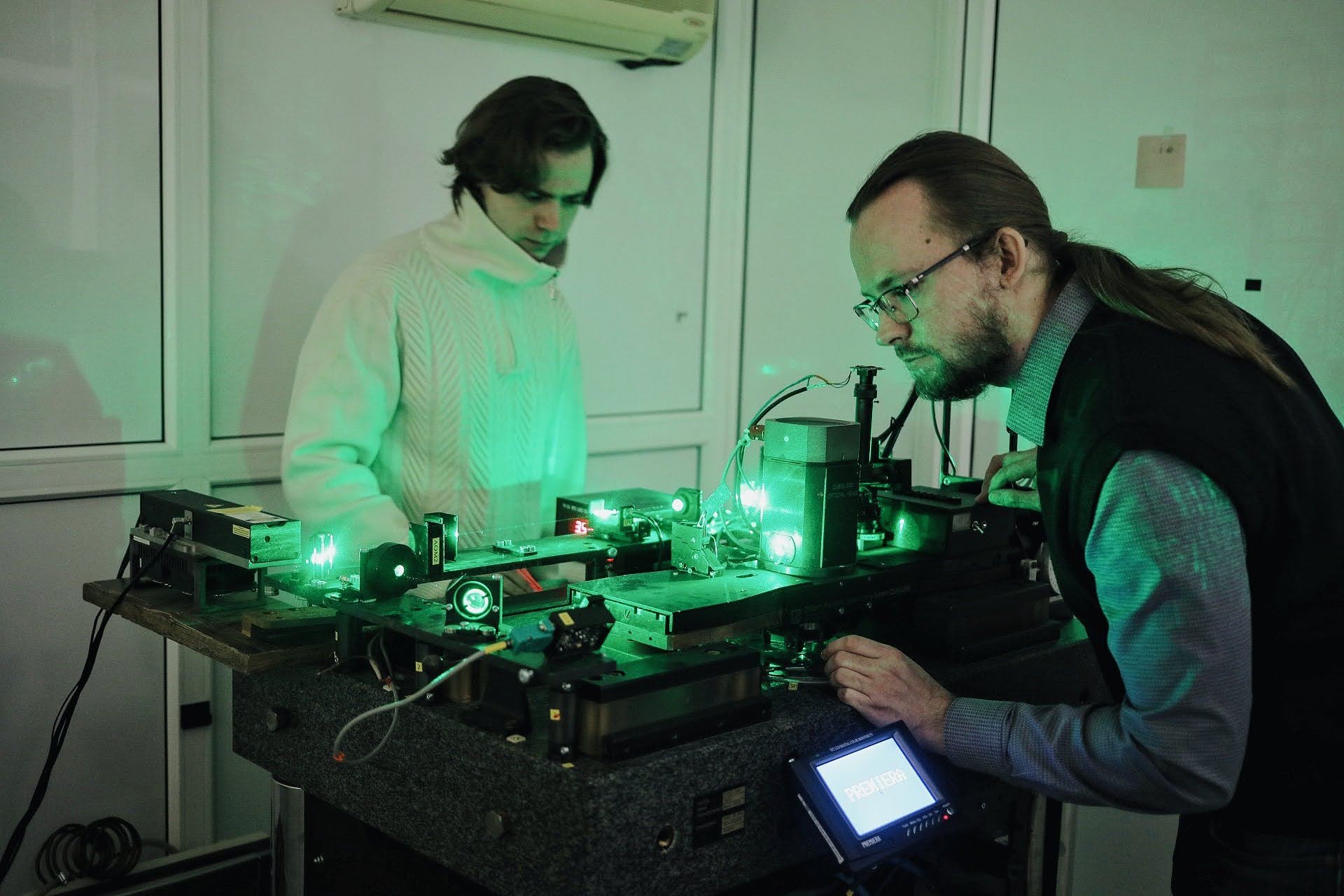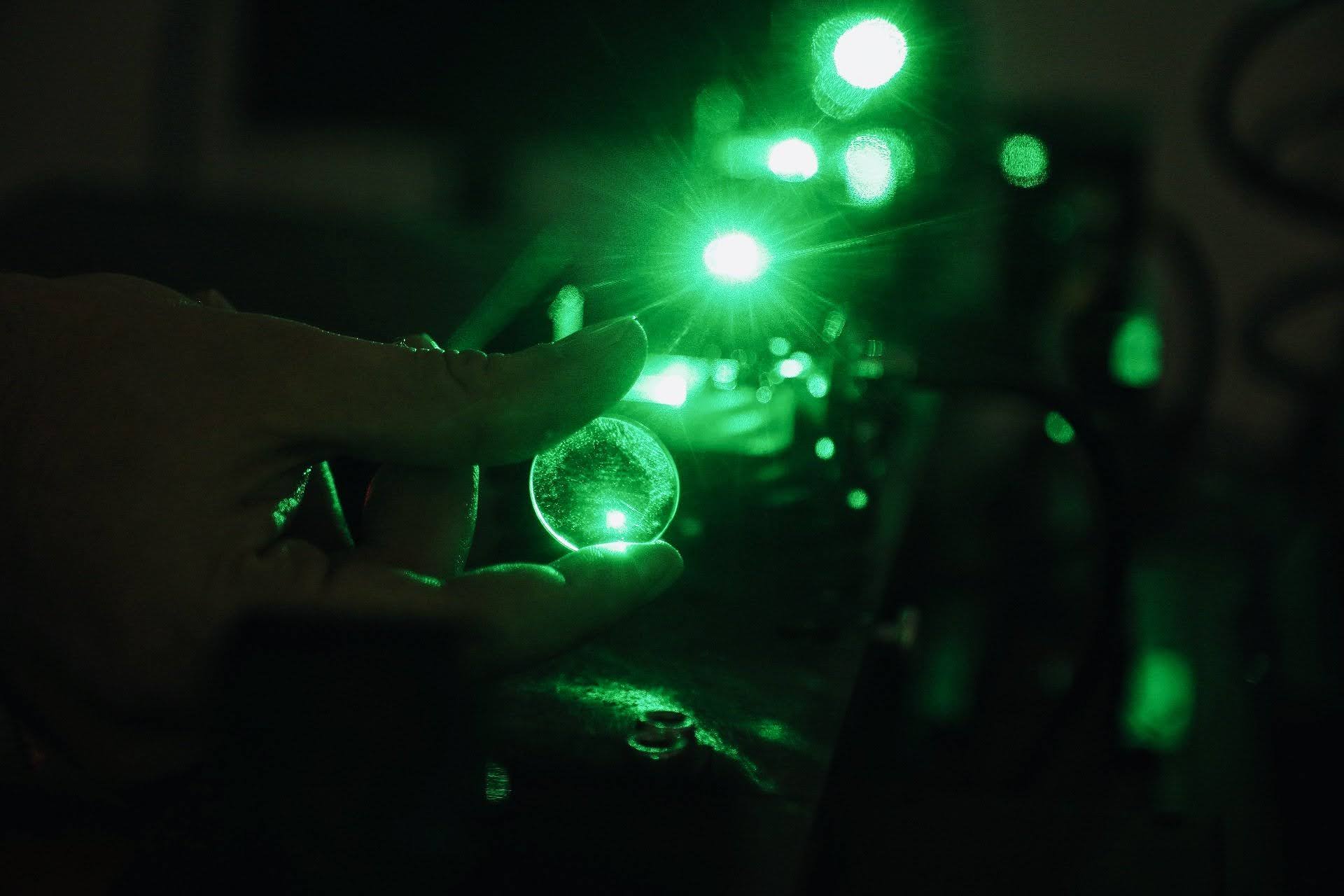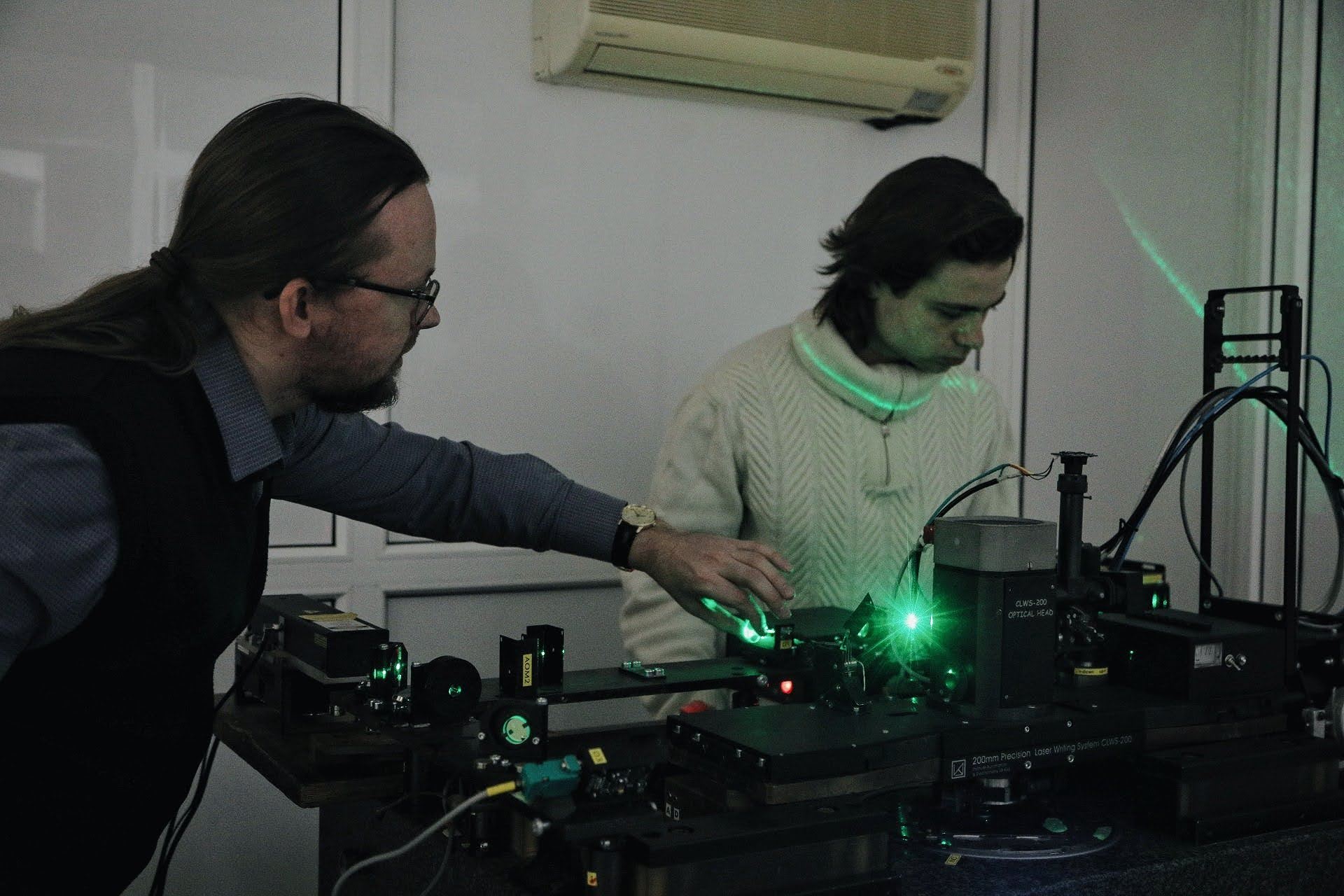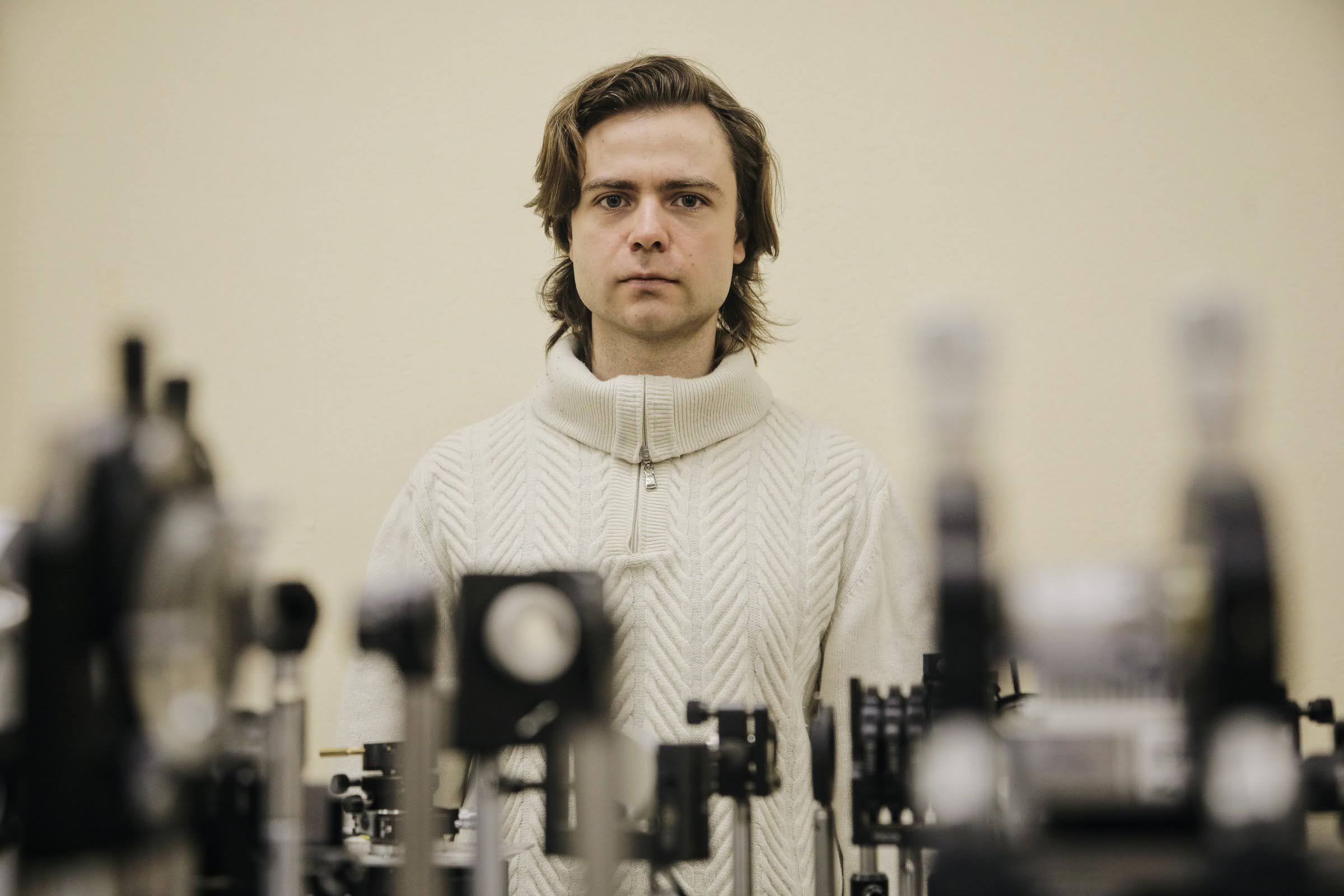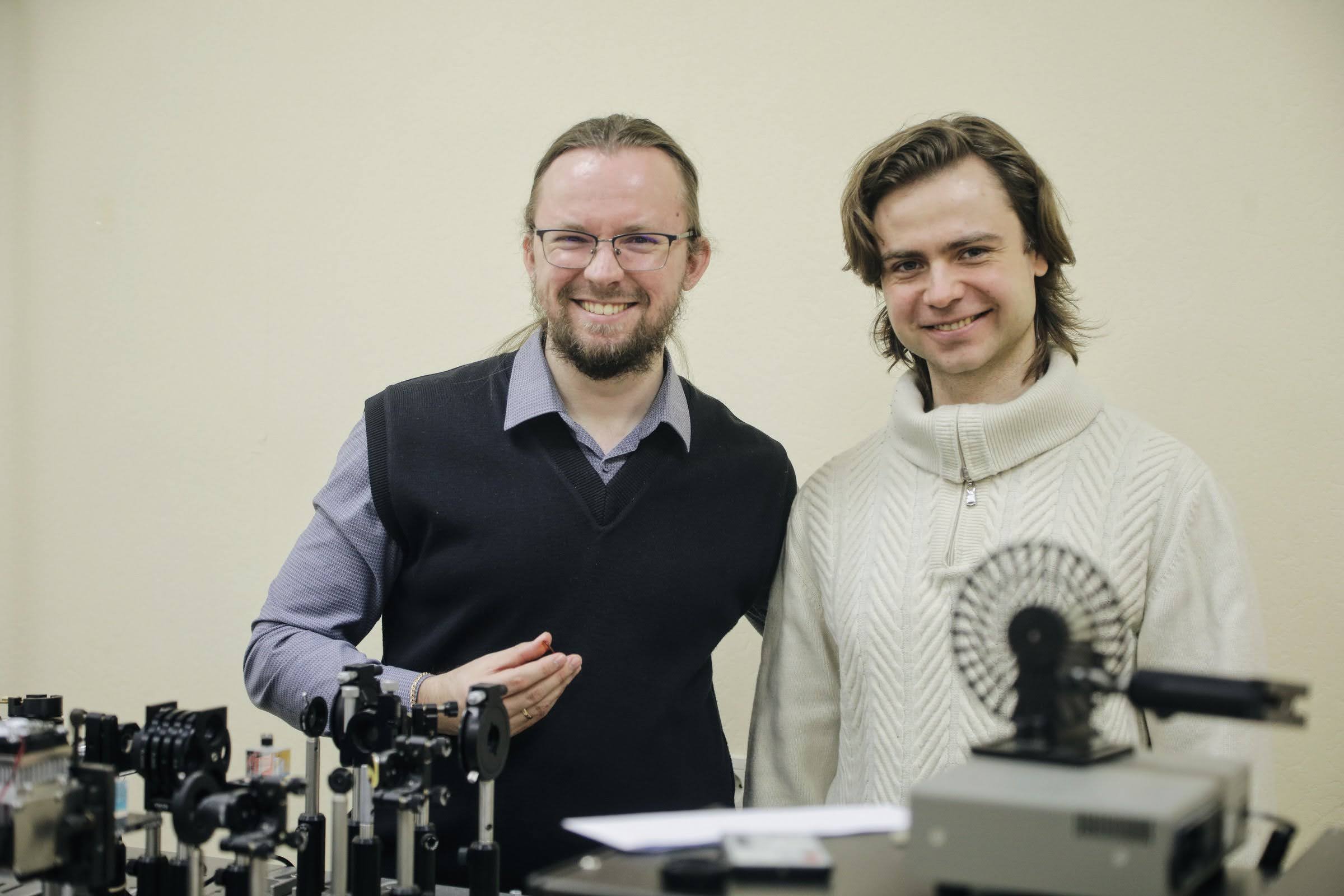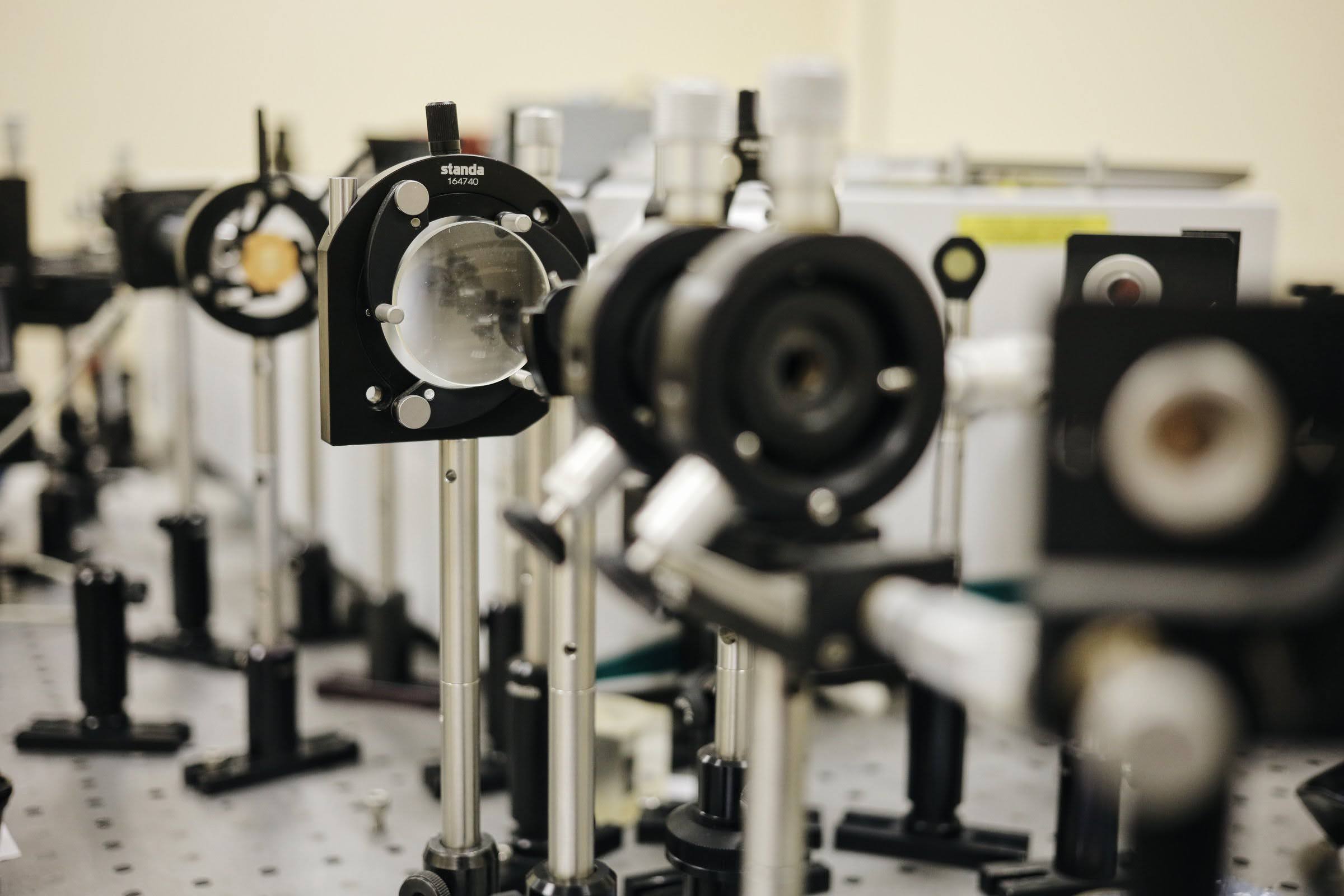Scientists from Samara National Research University and the Image Processing Systems Institute of the RAS have developed a new type of microlenses which make it possible to significantly improve the characteristics and extend the functionality of optical tweezers — devices that use a laser beam to catch, hold and move microscopic objects, i.e. living cells, bacteria, viruses(1).
New microlenses having a unique structure can double the efficiency of optical elements in terms of their capability and may find application not only in optical tweezers, but also in various gauges and sensors, including for smartphones, as well as in medical and telecommunications equipment. The Computer Optics Journal published an article to cover this development of Samara scientists. The research was carried out with the financial support of the Russian Science Foundation and the Samara University Development Program for 2021–2030 as part of Priority 2030 Government Program.
“As part of our research, an original structure of metalenses(2), which makes it possible to double the diffraction efficiency of an optical element and create light fields with desired new properties, was developed. These metalenses can be used in optical tweezers, laser microscopes, in medical equipment, for example, to ensure more accurate removal of biotissues by laser during eye surgery, as well as in the field of microelectronics to create various miniature sensors and gauges, including gyroscopes and accelerometers for smartphones, and in the field of telecommunications, for example, for multiplexing, i.e. compacting channels of fiber optic lines,” said Dmitry Savelyev, Associate Professor of the Department of Engineering Cybernetics at Samara University, one of the authors of the research.
As the research has shown, the efficiency of an optical element can be doubled by optimizing metasurfaces(3) in the form of twisted subwavelength axicons(4) with different twist angles. According to Sergey Degtyarev, Researcher at the Image Processing Systems Institute of the RAS, the use of such metalenses provides an opportunity to expand the range of available manipulations with microscopic objects which suggests the creation of a new type of optical tweezers.
“The metalenses developed by us also revealed the possibility of obtaining a reverse energy flow, i.e. in this case, light energy partially propagates towards the source which can be used for optical micromanipulation. This means that, in fact, it is a new form of optical trap, optical tweezers”, as Sergey Degtyarev noted.
For reference
1) Optical tweezers (“optical trap”) make it possible to manipulate microscopic objects by means of laser light and are actively used for biological and biophysical studies of living cells, proteins, DNA molecules, etc. A tightly focused laser beam creates optical levitation of microscopic objects making them float in space. The use of optical tweezers in the microcosm can be roughly compared to the way in sci-fi movies, aliens abduct earthlings using a beam of light that comes from a flying saucer — once caught in this beam, people begin to slowly rise up (“levitate”) towards the flying saucer. In 2018, the Nobel Prize in Physics was awarded to Arthur Ashkin, American physicist who invented optical tweezers.
2) Metalenses are flat and very thin microlenses having a complex surface nanorelief. The light passing through the metalens changes many of its properties and characteristics.
3) Metasurfaces form a class of optical composite structured materials having subwavelength thickness that are capable of controlling light.
4) Axicons are axisymmetric optical lenses, one surface of which is flat and the other is conical. In the course of work, a flat diffractive analogue of an axicon was studied.
 RU
RU  EN
EN  CN
CN  ES
ES 
